Elves
Basic Information
Anatomy
Biological Traits
Elves are only considered as adult once they reach a 100 years of age.
There are four main subraces of elves, namely: Eladrin (rare), High Elves (rare and endangered), Wood Elves (uncommon), and Dark Elves (also known as Drow - never seen above the surface).
Eladrin
These are Elves have distinctly long ears and their colouring reflects the Fey court they belong to. Instead of hair, these elves seem almost plant-like and have leaf-like growths on their heads. The colour of which reflects the seasonal court the Eladrin belongs to. It is possible (and common) for an Eladrin to change from one season to another as their allegiances shift. Their colourings are as follows:
- Winter - Blue and white
- Autumn - Red and orange
- Spring - Green and yellow
- Summer - Green and brown
High Elves
There are two distinct kinds of High Elves: Sun Elves and Moon Elves.- Sun Elf skin colour ranges from porcelain white to bronze and black. Their eyes are often on the yellow end of the spectrum. Their hair can be golden blonde, copper, or deep black.
- Moon Elf skin colour ranges from pale blue to dark blue (the latter often mistaken for Drow, leading to discrimination). Their eyes range from light blue to entirely black. Their hair colour errs on the darker side of the spectrum. There is a misconception that Moon Elves are sensitive to sunlight.
Wood Elves
The Wood Elves often reflect their natural surroundings. They have coppery or yellowish skin, often with green tinges. Their hair tends towards browns and blacks. Their eyes range from green to brown.Dark Elves (Drow)
Drow have dark skin ranging from obsidian black to midnight blue or purple. Their hair is usually white, silver, or platinum (a feature that distinguishes them from Moon Elves). They have pale eyes that range between white and silver.Genetics and Reproduction
Not all elves can have children. The elves believe that there are a finite number of elfish souls. To exceed this number is to risk bringing a 'Hollow' (a vessel for the Raven Queen) into this world. However, with reduced numbers after the Invasion, elves have been reluctant to have children and seem determined to let their own species die out.
Different races of elves tend not to interbreed, seeing it as taboo or impure. Like all humanoid races, they are genetically compatible and can interbreed with humans, dwarves, etc., but again this is frowned upon and the resulting offspring is shunned or exiled.
Ecology and Habitats
Dietary Needs and Habits
Additional Information
Facial characteristics
Civilization and Culture
Naming Traditions
Beauty Ideals
Gender Ideals
Culture and Cultural Heritage
Common Customs, Traditions and Rituals
- Naming - When a name is chosen and a memory is inherited.
- Remembering - When an elf dies of old age and their memories are preserved.
Common Taboos
History
Elves came into being when Gruumsh spilt the blood of Corellon into the Feywild. The blood that fell on the crystal mountains became the Sun and Moon elves (the High Elves), that which fell on the plants and beasts became the Eladrin and Wood Elves respectively.
Eladrin
These are Elves native to the magical realm known as the Feywild. Unlike the other, more common elves, Eladrin mystical and mysterious. They have distinctly long ears and their colouring reflects the Fey court they belong to. This also effects their attitude as reflected by the season. These are as follows: "Autumn is the season of peace and goodwill, when summer’s harvest is shared with all; Winter is the season of contemplation and dolor, when the vibrant energy of the world slumbers; Spring is the season of cheerfulness and celebration, marked by merriment as winter’s sorrow passes; and, Summer is the season of boldness and aggression, a time of unfettered energy" (Wizards of the Coast, 2018). For more on Eladrin as a playable race, read this article on D&D Beyond.
High Elves
The original inhabitants of Chardovia. They were technologically and magically advanced and built great structures. Their Empire was said to have existed for 4 000 years and no High Elf will ever forget this. Not only are there some elves who are old enough to remember the time of the Invasion, but there are also those who remember the golden age of the elves thanks to their ancestral memories.Wood Elves
Sometimes referred to as Wild Elves, Wood Elves often live in places that others believe untamed. They are at home in nature and their ancient cities are part of the trees themselves. Wood Elves survived the Invasion as many of the royal houses refused to come to the aid of their High Elf cousins - a fact that High Elves will never forget. Wood Elves are highly adaptable, as such they easily integrate into the societies of other races.
Drow
Not much is known about the Dark Elves other than they are often encountered in the Underdark. Some say that they have been cursed to avoid the warmth of the sun, but their arachnid goddess, Lolth.Common Myths and Legends
Interspecies Relations and Assumptions
Dungeons & Dragons
Go to dndBeyond for the official Dungeons and Dragons 5th Edition Elf stats and info.Remove these ads. Join the Worldbuilders Guild


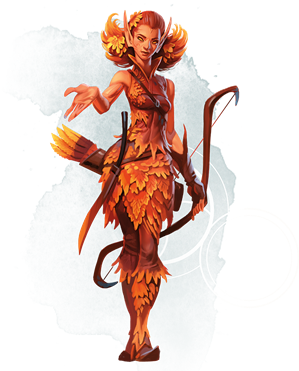
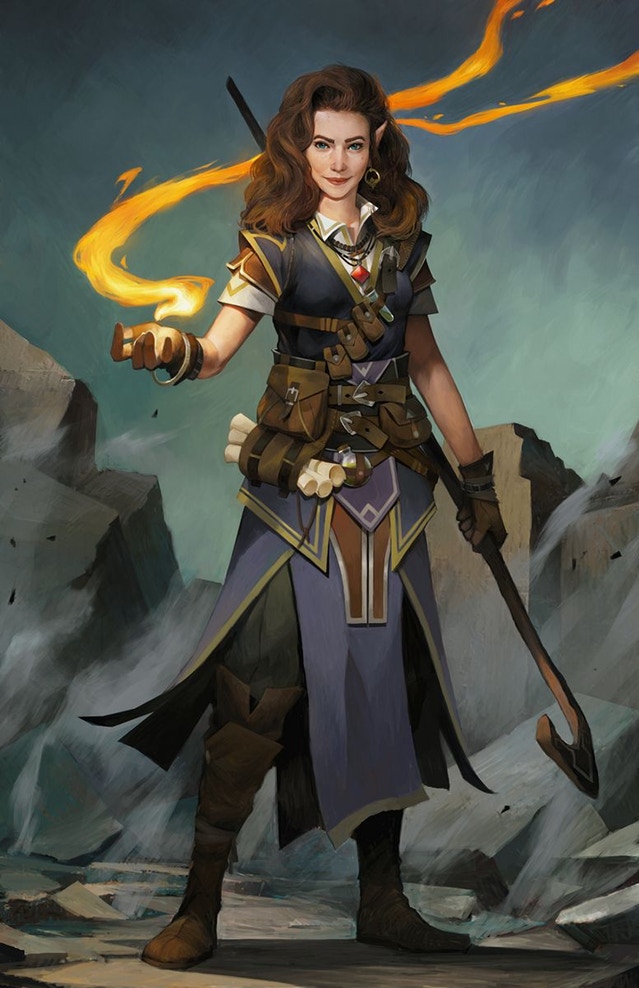
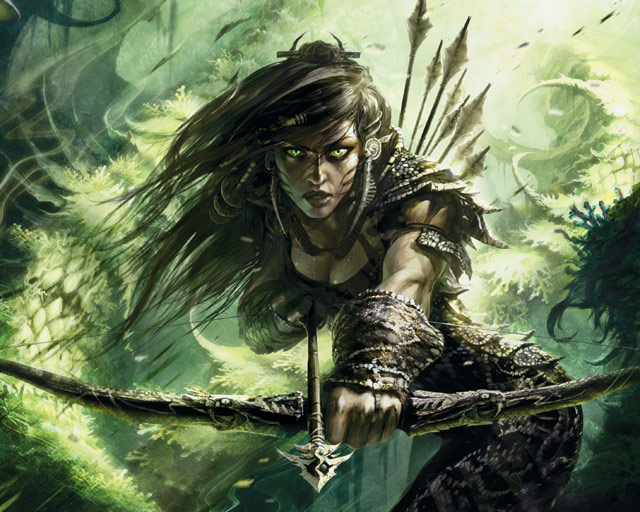
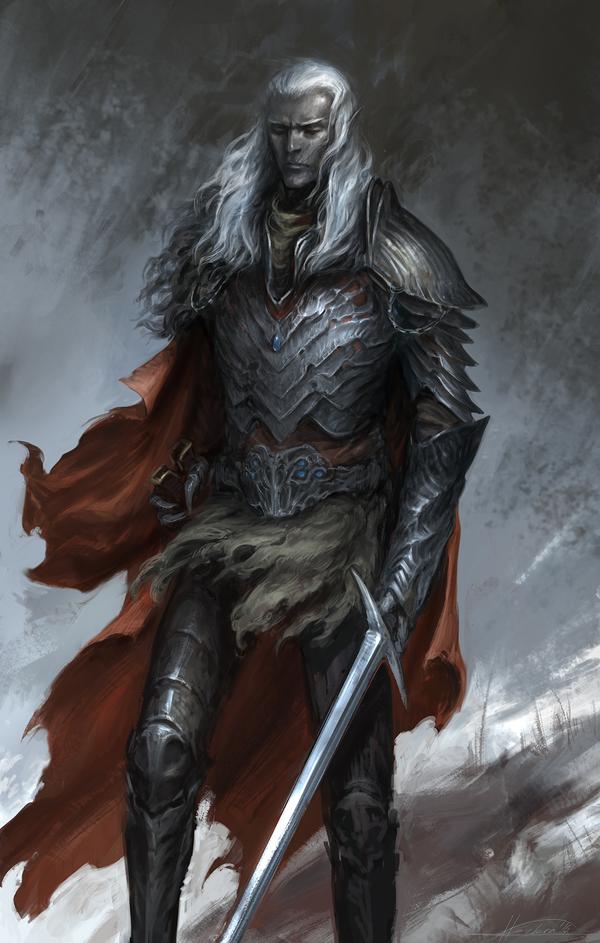
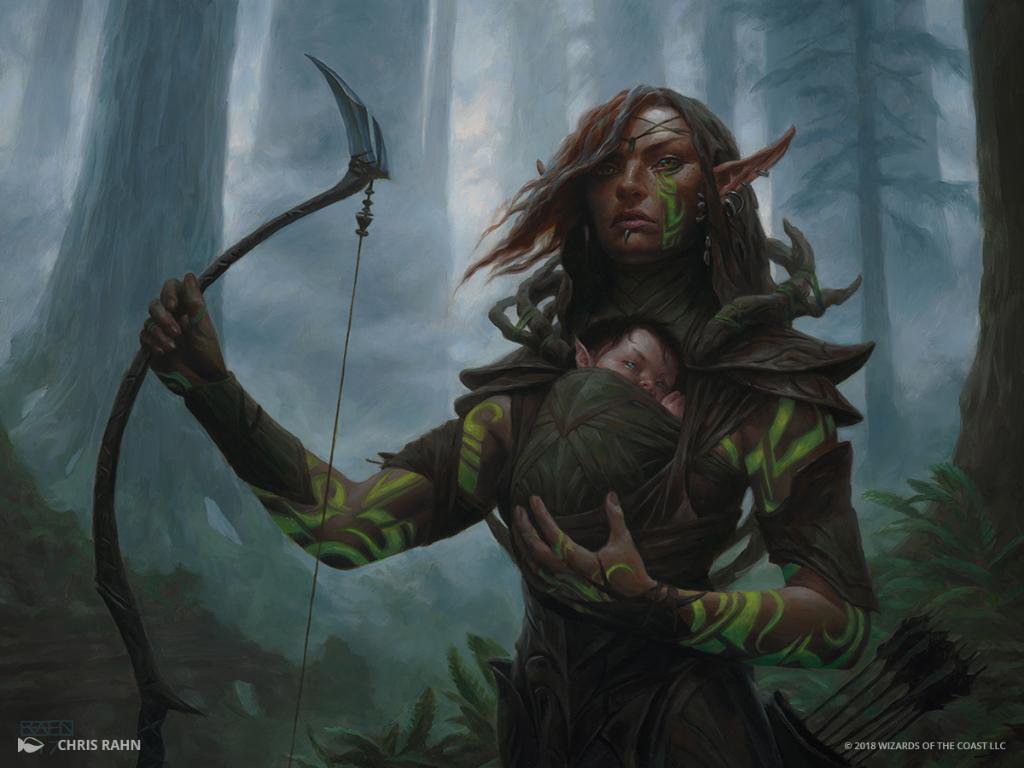








Comments